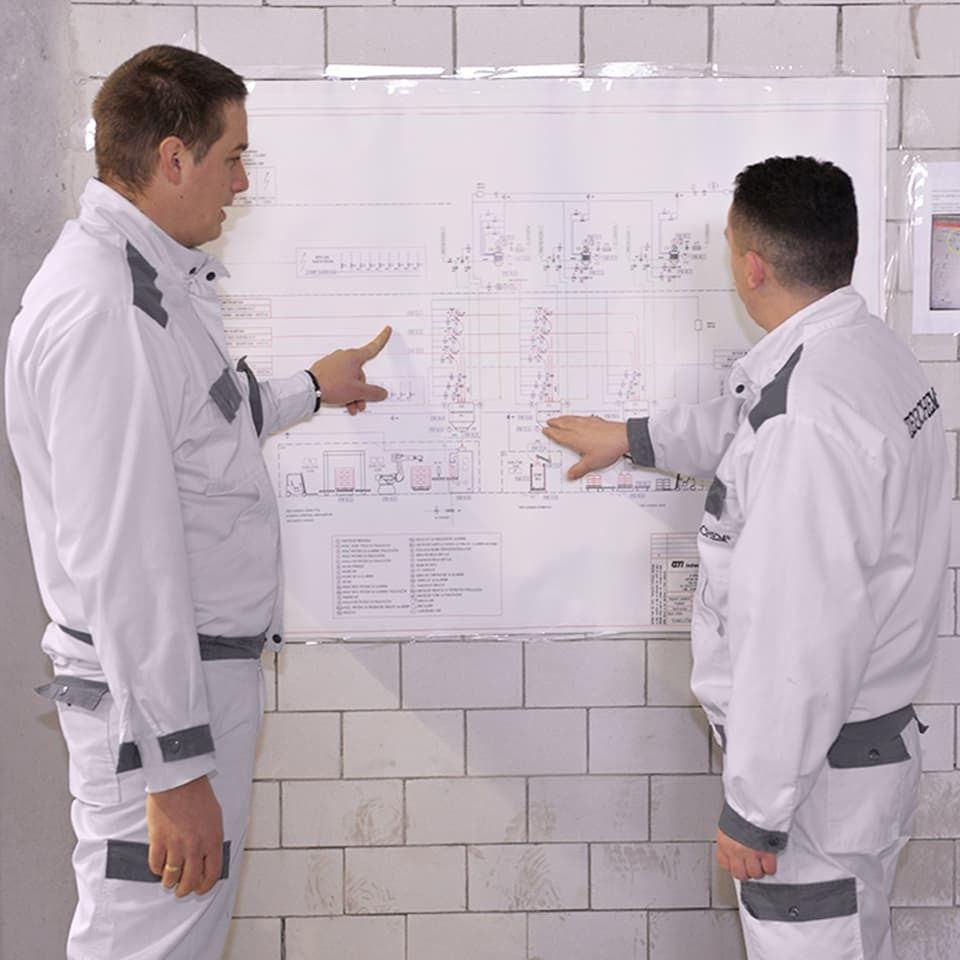Health Science
Diagnostics
Over the past few years, there has been a series of advancements in the field of liquid chromatography that has resulted in improvements for many clinical diagnostic services. These innovations include the expansion of new and improved stationary phase options.
Next to ZEOsphere classical stationary phases, our novel ZEOsphere DRP Mixed-Mode product can be used in SPE or as an analytical and preparative solution. ZEOsphere DRP Mixed-Mode product shows a better selectivity, thus increasing diagnostic efficiency.
